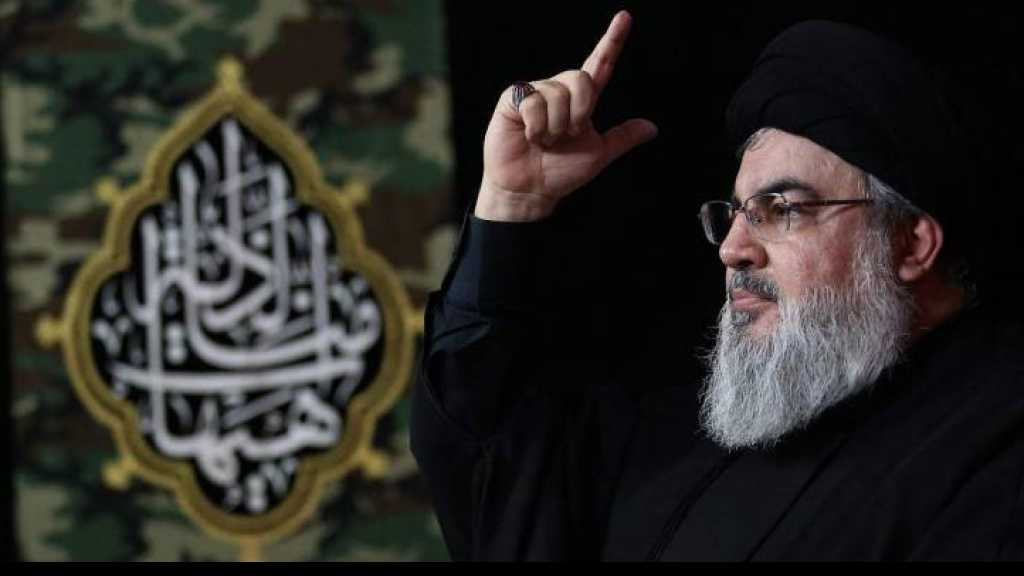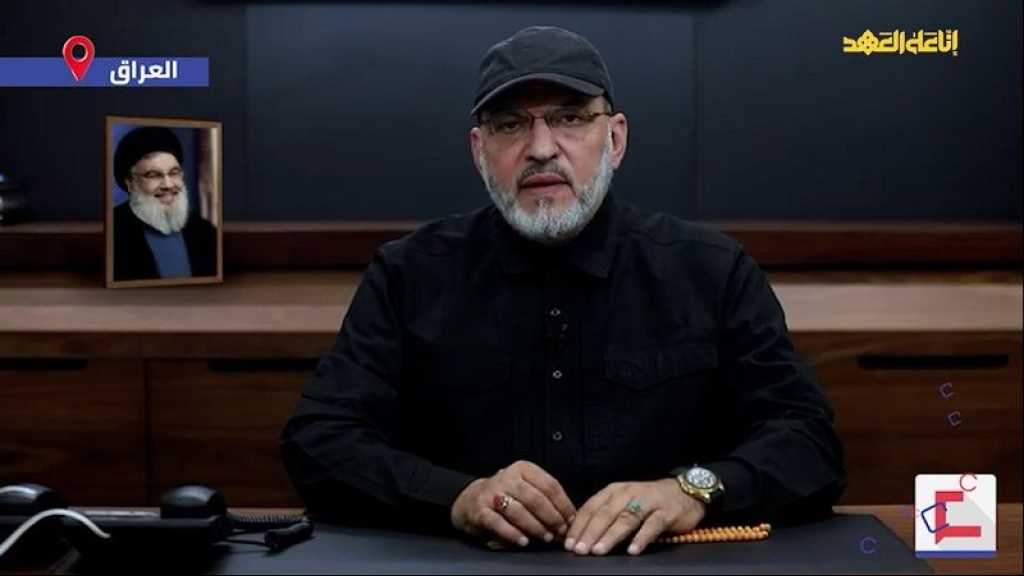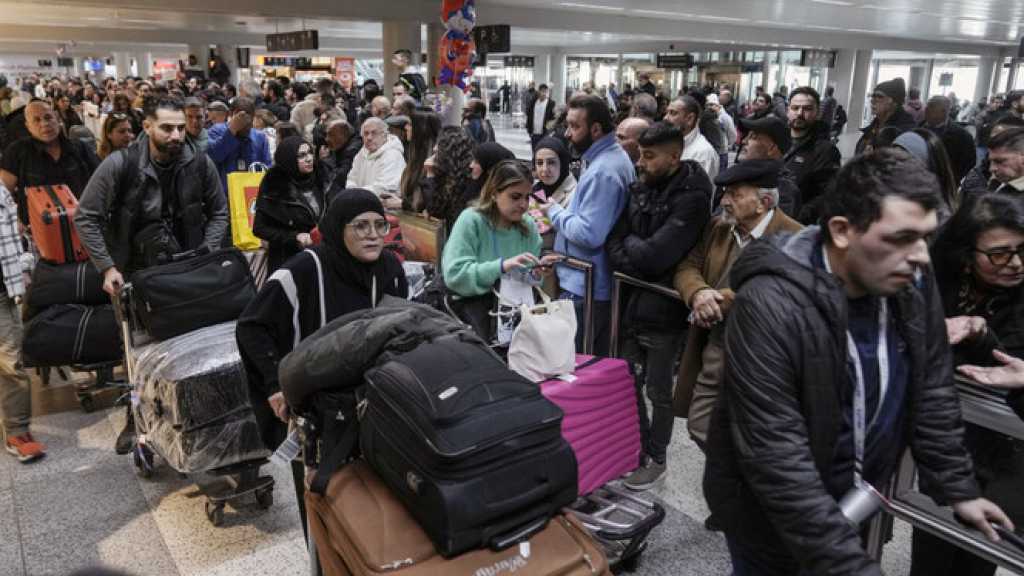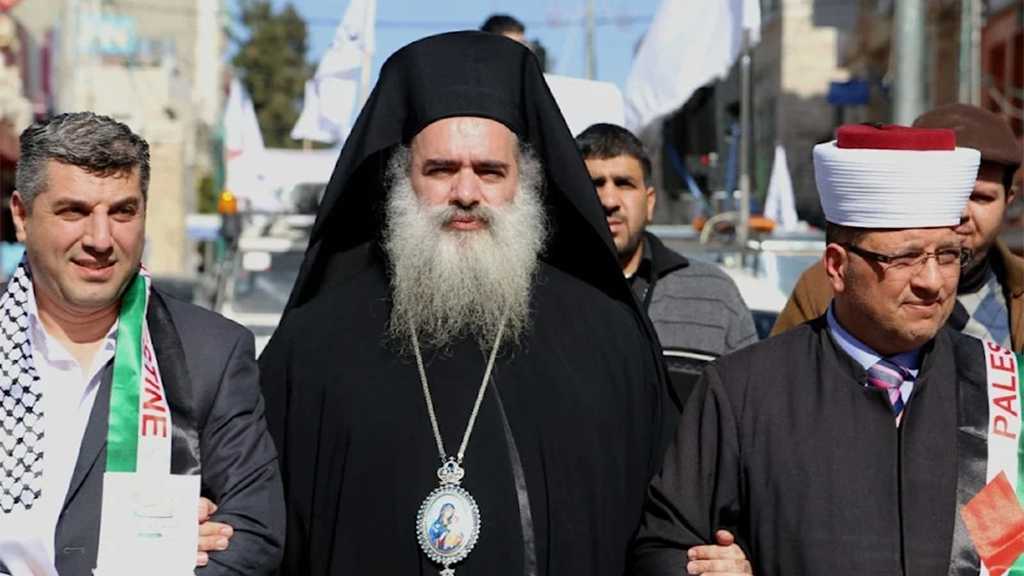
Sayyed Hassan Nasrallah: A Strategic Leader in the Eyes of the West and “Israel”
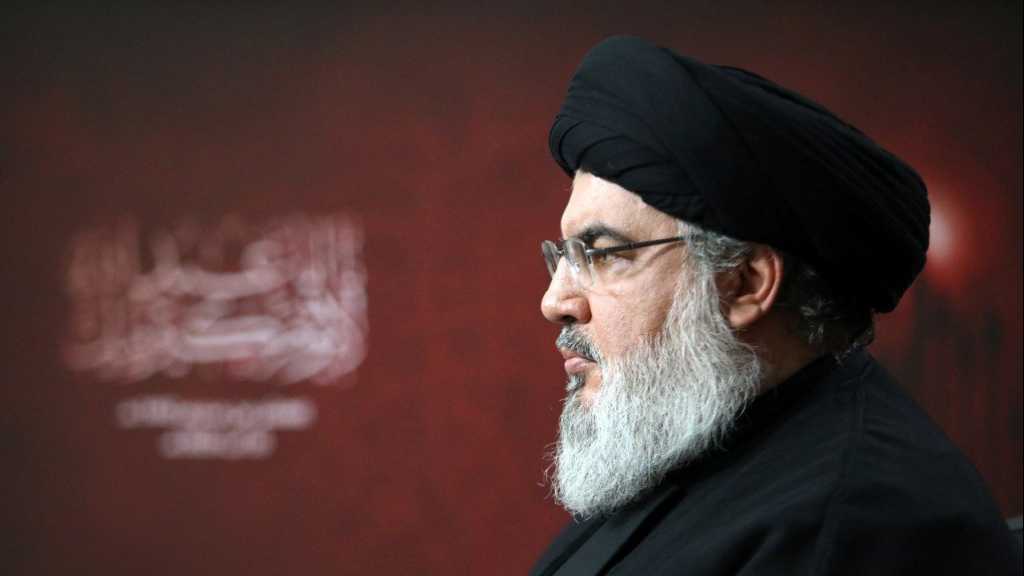
By Mohamad Hammoud
Cloaked in a black turban and flowing robe, Sayyed Hassan Nasrallah commanded attention with an aura that refused to be ignored. His eloquence cut through the noise, his charisma drawing both admirers and adversaries into his orbit. A captivating smile masked the steadfast determination within—a resolve that forged him into one of the most polarizing figures in modern Middle Eastern history.
As the Secretary-General of Hezbollah, Sayyed Nasrallah inspired fierce devotion among his followers and equal measures of fear and respect from his enemies. To his supporters, he was a beacon of hope, a strategist of unmatched brilliance whose words provided strength in the face of adversity. To his detractors, he was a dangerous adversary, a symbol of defiance with an uncanny ability to reshape the battlefield—both political and military.
Western intelligence agencies and think tanks tracked his every move, dissecting his speeches, decisions, and alliances. Though Hezbollah’s armed struggles and ties to Iran drew widespread condemnation, Nasrallah’s tactical genius and unyielding resolve earned him grudging respect—even among his fiercest enemies. Under his leadership, Hezbollah evolved from a guerrilla resistance movement into a dominant political and military force, reshaping the Middle Eastern landscape in ways that rippled far beyond Lebanon’s borders.
In the shadows of sharp opposition lay an undeniable truth: Sayyed Nasrallah was a figure who defied odds, broke molds, and demanded attention. His name was spoken with equal parts reverence and revulsion, his legacy one of turbulence and transformation. In the tempest of Middle Eastern politics, Sayyed Hassan Nasrallah stood as a force that cannot—and will not—be forgotten.
Early Life and Rise to Leadership
Sayyed Nasrallah was born in Bourj Hammoud, Lebanon, in 1960, into a modest Shiite family. His early years were shaped by the political and sectarian conflicts that defined Lebanon. As a young man, he became involved in Islamic movements, studying in Najaf, Iraq, before returning to Lebanon and joining Hezbollah in the early 1980s. Following the assassination of Hezbollah’s then-leader, Sayyed Abbas al-Mousawi, in an “Israeli” airstrike in 1992, Nasrallah was chosen as his successor.
His appointment marked a turning point for Hezbollah. Under Sayyed Nasrallah’s leadership, the organization modernized, strengthened its military capabilities, and expanded its political influence. He transformed Hezbollah from a guerrilla resistance group into a hybrid military-political force, capable of both conventional and asymmetric warfare.
As “Israeli” journalist and military analyst Ronen Bergman noted in Rise and Kill First, "Nasrallah is a man of patience and calculation. He plays the long game, always thinking several steps ahead" [Bergman, 2018].
Strategic Leadership in the 2006 War
One of the defining moments of Nasrallah’s leadership was the 2006 Lebanon War, during which Hezbollah withstood 34 days of intensive “Israeli” bombardment. Military analysts Amos Harel and Avi Issacharoff, in their book 34 Days: “Israel”, Hezbollah, and the War in Lebanon, highlighted Sayyed Nasrallah’s strategic decisions as crucial to Hezbollah’s resilience:
"Hezbollah’s ability to maintain its military structure under heavy fire was a testament to Nasrallah’s meticulous planning and ability to adapt under pressure" [Harel & Issacharoff, 2008].
Sayyed Nasrallah’s speeches during the war further demonstrated his ability to control the narrative. His famous declaration that “‘Israel’ is weaker than a spider’s web" resonated across the Arab world, reinforcing Hezbollah’s image as a force capable of challenging the “Israeli” military. His information warfare strategy effectively shaped public perception, so much so that even “Israeli” defense officials admitted underestimating Hezbollah’s ability to influence opinion.
Charismatic Communication and Public Perception
Sayyed Nasrallah was widely recognized as a master orator who captivated audiences across Lebanon and beyond. Unlike many leaders who distanced themselves from the public, Sayyed Nasrallah deliberately presented himself as a man of the people. This connection with ordinary citizens elevated him to the status of a revered figure, even among those who did not fully align with Hezbollah’s ideology.
In Inside Lebanon: Journey to a Shattered Land, Noam and Carol Chomsky remarked: "Unlike many regional leaders, Nasrallah speaks directly to the concerns of his people, addressing them with sincerity and a deep understanding of their struggles" [Chomsky & Chomsky, 2007].
British war correspondent Robert Fisk, who interviewed Sayyed Nasrallah multiple times, described him as "one of the most disciplined and well-prepared leaders in the region" [The Independent, 2006]. Fisk noted that Sayyed Nasrallah’s ability to analyze events, articulate Hezbollah’s stance, and deliver powerful messages made him a uniquely effective leader.
Commitment and Personal Sacrifice
Sayyed Nasrallah’s personal sacrifices enhanced his credibility as a leader. Unlike many political figures who remained removed from the realities of war, he was deeply invested in Hezbollah’s struggle. In 1997, his eldest son, Hadi Nasrallah, was killed in a confrontation with “Israeli” forces. Rather than framing this loss solely as a personal tragedy, Sayyed Nasrallah presented it as a symbol of his commitment to Hezbollah’s cause. “Israeli” journalist Ehud Yaari observed in The Jerusalem Report: "Nasrallah’s decision to send his own son into battle was not just an act of personal sacrifice but a message to his followers: he was not above the struggle, he was part of it" [Yaari, 1998].
Hezbollah’s Political and Social Expansion
Under Sayyed Nasrallah, Hezbollah became more than a military organization. It evolved into a key political player in Lebanon, winning parliamentary seats and securing ministerial positions. Hezbollah also invested in social services, establishing hospitals, schools, and welfare programs that supported marginalized communities.
Former CIA officer Robert Baer acknowledged Hezbollah’s dual role in The Devil We Know: "Hezbollah under Nasrallah functioned as more than a militia; it was a government within a government, providing services where the Lebanese state failed" [Baer, 2008].
Respect from Adversaries
Despite being an adversary of “Israel” and the United States, Sayyed Nasrallah’s strategic brilliance was respected by military officials and analysts alike. Former Mossad chief Meir Dagan admitted: "Nasrallah is perhaps the most intelligent enemy Israel has faced in recent decades" [Haaretz, 2011].
American journalist Seymour Hersh echoed this sentiment in The New Yorker: "Nasrallah has demonstrated a remarkable ability to navigate regional politics, maintaining Hezbollah’s independence while forging strategic alliances" [Hersh, 2008].
Sayyed Nasrallah’s Death and Legacy
On September 27, 2024, Sayyed Nasrallah was assassinated in an “Israeli” airstrike, marking a turning point for Hezbollah and the broader Middle East. The loss of a leader with such strategic depth and grassroots support left uncertainty about Hezbollah’s future.
Even in death, his legacy persists. As “Israeli” security analyst Yossi Melman wrote in Maariv: "Nasrallah was an enemy, but he was no ordinary enemy. He was one of the sharpest minds we ever encountered" [Melman, 2024].
Conclusion
Sayyed Hassan Nasrallah was a polarizing yet undeniably influential figure. His strategic foresight, exceptional communication skills, and unwavering commitment to his cause earned him respect—even from his adversaries. Analyses from “Israeli” and Western sources underscore his impact as one of the most formidable leaders in modern Middle Eastern history. Even after his death, Sayyed Nasrallah’s legacy continues to shape the region’s political and military dynamics.
